How to Cook Fish: Tips and Techniques for Perfect Results!
Cooking fish can be so easy and pleasurable once you know what to watch out for. Take this guide along for some handy tips on the right way to prepare, cook, and serve your fish.
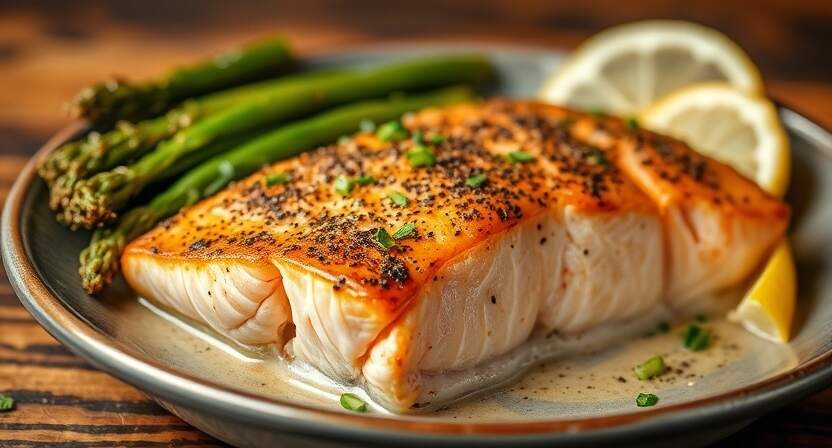
1. Choosing Fresh Fish
When it comes to fish, one factor makes all the difference: freshness. Here’s how you tell:
- Gills: They are a bright, deep color.
- Clear eyes: Fresh fish have their eyes full and shiny, not cloudy.
- Firm texture: Press the flesh gently—it should spring back at once.
While smell is not always a measure of freshness, those who fail these tests are certainly less appealing to cook.
2. Cleaning and Preparing Your Fish
Scale or skin some fish; the sooner after catching, the better. Fishes with hard or dry scales may be slightly moistened in cold salted water or momentarily dipped in boiling water to facilitate scaling.
- Open the fish as little as possible to enable it to retain its shape, particularly when stuffing.
- Remove intestines, gills, and congealed blood.
- Avoid washing too much after having made an incision in the flesh to preserve natural flavors.
- A quick rinse under salted water will do.
- Wipe the fish dry with a clean towel always before going ahead with cooking procedures.
3. Preparing Fish for Special Cooking Techniques
For Baking or Boiling:
When cooking fish whole, take care not to break the liver from the roe as you open it.
Scrape it well, let it dry, and cut off the fins if it is important. In the event of poaching, fold the cheesecloth around the fish so that the fish does not lose its form.
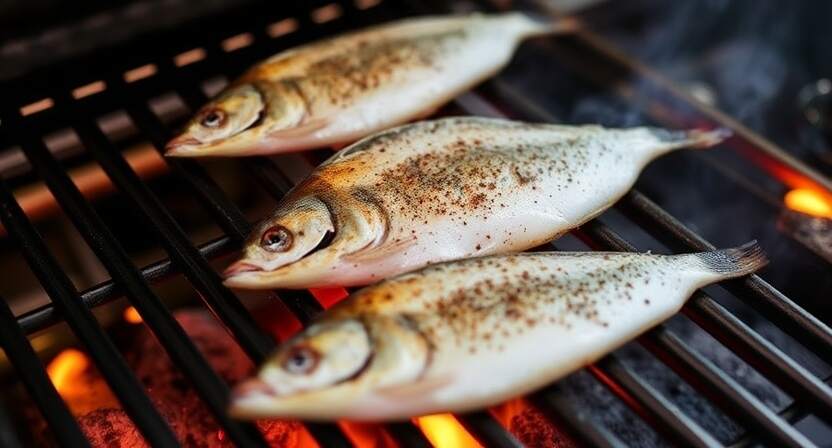
Broiling:
- Slit the belly open with the knife making sure you remove the backbone unless very small. This allows even cooking and more flavor.
- Use a hot griddle or double broiler, cooking the flesh side always first.
- Brush with butter or cream for extra richness.
For Frying:
Fish is fried whole, as steaks (slices crosswise), or as fillets (slices lengthwise).
- Dry fish before frying.
- Dredge in flour, cornmeal, or crumbs for a crispy coating.
- Fry in hot, deep fat or lard.
Lard does not only give crispiness to the fish but also a nutty flavor.
Sauté:
This cooking technique uses a very small amount of fat, just enough to grease the pan. It is best suited for quick cooking and for a few portions.
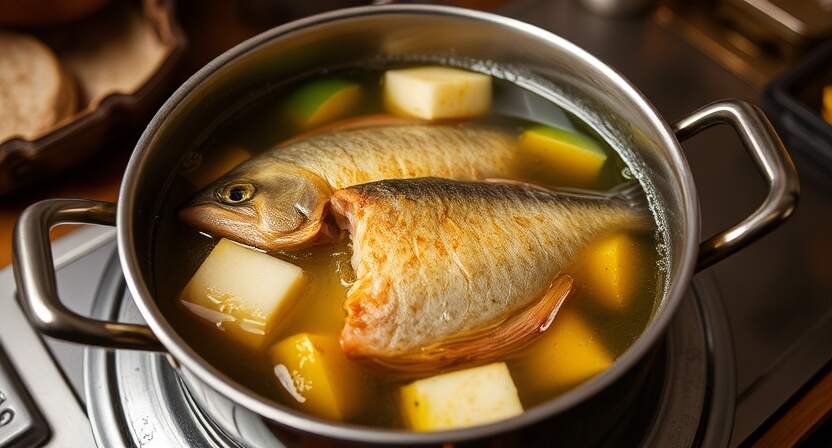
4. General Cooking Tips by Method
Broiling:
Broiling is quick and delicious and allows the flavors of the fish to be locked inside.
Heat up your skillet or broiler and lightly coat with seasonings or butter for added flavor.
Boiling or Steaming:
Typically reserved for certain fish only, boiling is made tastier by relying on strong sauce additions.
Steaming is a much better way than boiling because flavors and nutrients are not destroyed.
Baking:
To broil fish evenly and nicely, prop it up on the platter.
If necessary, stick skewers or potatoes in as braces.
For a long, thin fish, secure the tail to the mouth to form a crescent.
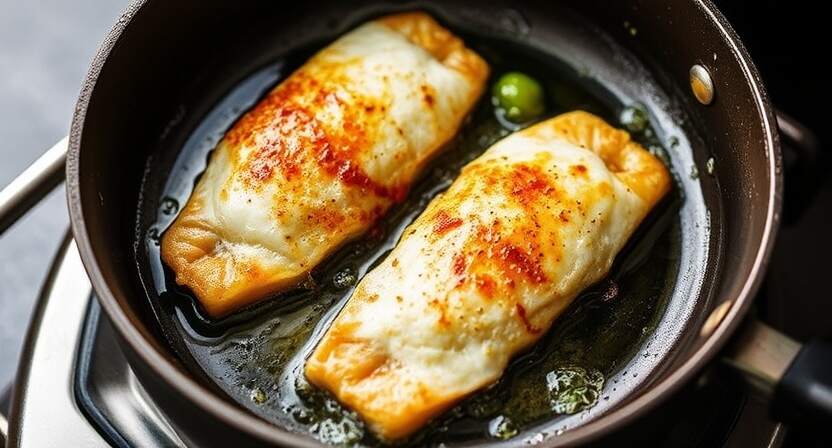
5. Basic Frying Tips
- For a crisp crust, fry in fat hot enough to brown bread in 30 seconds.
- Season while frying, not before.
- Use a little salt to allow the natural flavor to predominate.
- Fry fish in batches to avoid crowding and even steaming.
6. Presentation and Flavoring to Perfection
The secret of good fish cookery lies in preserving or developing the natural flavor of the fish. If the fish has a delicious flavor, bring it out with light seasoning. Where the taste is unsatisfactory, use marinades, herbs, or spices and add extra interest to the dish.
Serve your fish at its best-golden, even cooking, and garnish, if desired.
Follow these tips, and you’ll be off to creating recipes that please the palate just as they do the eye.
Now, go forth with confidence and dive deep into your fish recipes; let the cooking begin!
Here are some of the basic methods and handy tips that enable you to grill fish like a pro.
Grilling:
Bringing Out the Depth of Flavor Fire Concerns:
- You need a hot, clean fire when grilling fish.
- Charcoal is great, and with some damped coals or a “braisière,” a charcoal stove will provide you with consistent heat that works.
Special equipment:
- Keep a gridiron just for fish, so you won’t be transferring old flavors from other foods that have been barbecued.
- Clean and dry it always after use, and lightly oil the bars before cooking so that the fish won’t stick.
- Handle with care: If your gridiron is not double-sided, use sugar tongs instead of a fork to turn the fish over. It keeps the flesh tender.
Pro Tip: Grilling develops the inherent flavor in this fish. For kicks, slice and fillet a fresh mackerel, slap it onto a grill and discover a flavor quite hard to beat.
Cooking En Papillote:
A Delicate Approach Be Generous With the Butter: Even though cooking fish en papillote, in paper with butter, traps flavor and keeps the fish moist, do not be stingy with the butter!
A little pat won’t do.
Paper Wrapping Safety First: Cooking in paper, heat high but controlled.
Prevent flare-ups that will set the paper afire.
Serve with flair: fish to be served still in its wrapping for a rustic, elegant presentation, using plain white paper – no printing.
Boiling Tips:
To Retain Flavor and Freshness, To begin with, salt is needed in the water.
For large fish use slightly more than ½ pound of salt to the gallon, for small fish slightly less than ¼ pound.
Begin gently: Place fish in almost boiling water and bring slowly to a boil. This closes flavor in, as it does with boiled meat.
Lemon trick: Boil white fish with lemon juice rubbed on it.
Court-bouillon magic: Freshwater fish or cold fish must be boiled in “court-bouillon” to extract the blandness.
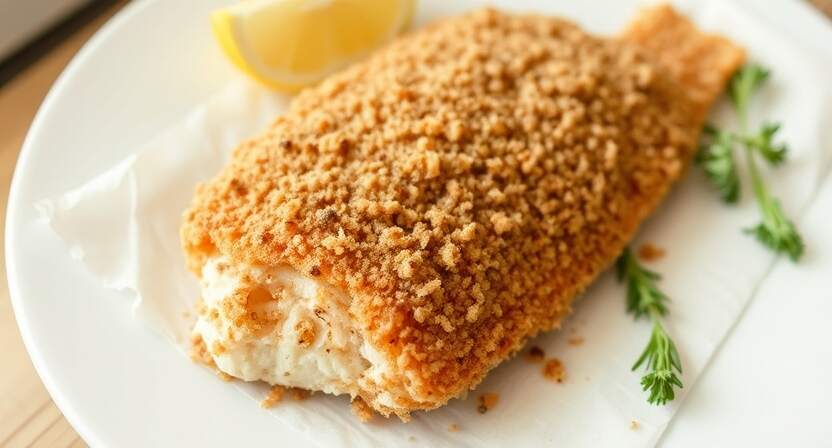
Recipe:
- Take 1 part vinegar, 1 part red wine and 4 parts water.
- Add salt, pepper, herbs, sliced onion, and a carrot.
- Put a small piece of bacon in it if you so desire.
- Frying Crispy – golden perfection Fat is your friend: when frying, fish should be completely submerged in hot fat.
The fire doesn’t need to be slow and smoke; plenty of fat is needed-it does not go to waste!
After use, fat can be strained and re-used to as many as 50 times.
Temperature is everything: Fat is ready when it is completely still, when pale blue steam rises off of it.
Preparation: dust dry fish, coat with beaten egg, and roll in brown breadcrumbs or raspings to give a crumbly coating.
Greaseless finish: place fried fish on blotting paper to take out excess grease.
Baking: Well-cooked Fish Au Gratin Layer flavors:
- Commence by placing some breadcrumbs mixed with butter and herbs in the bottom of a well-smothered baking dish.
- Place the fish in it & top with the breadcrumb-herb mixture + more seasoning & dots of butter on the fish.
- Optional extra: A splash of vinegar adds flavor
- Presentation: Au gratin dishes are served in the same dish they’re cooked in.
- Buy one good quality heat-resistant material gratin-dish to achieve the same outcome every time.
Preparing Salted Fish Soaking and rehydrating:
- Allow salted fish to soak in water for at least 24 hours before using, changing the water several times.
- Then drain and dry well before cooking.
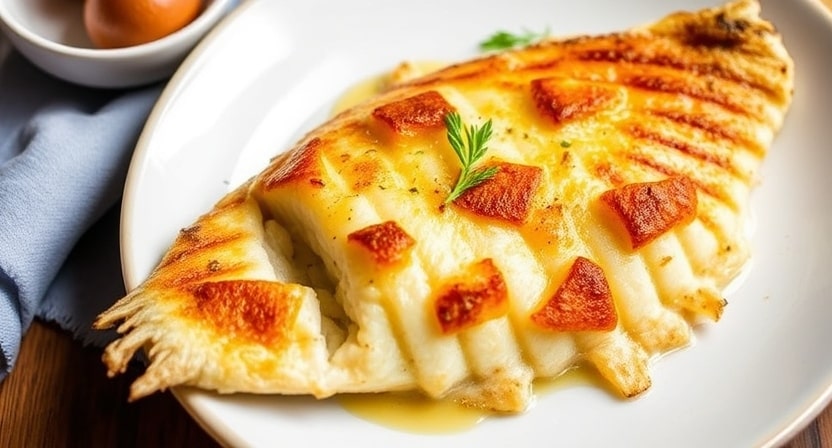
Takeaway Tips for Success in Cooking Fish!
Always use fresh, high-quality fish-it makes a world of difference.
Handle fish gently, as it is a delicate protein that is easily spoiled.
You can supplement those natural flavors with herbs, butter, and/or marinades.
The more fish you cook the more you will hone your sense of how long to cook it using what method.